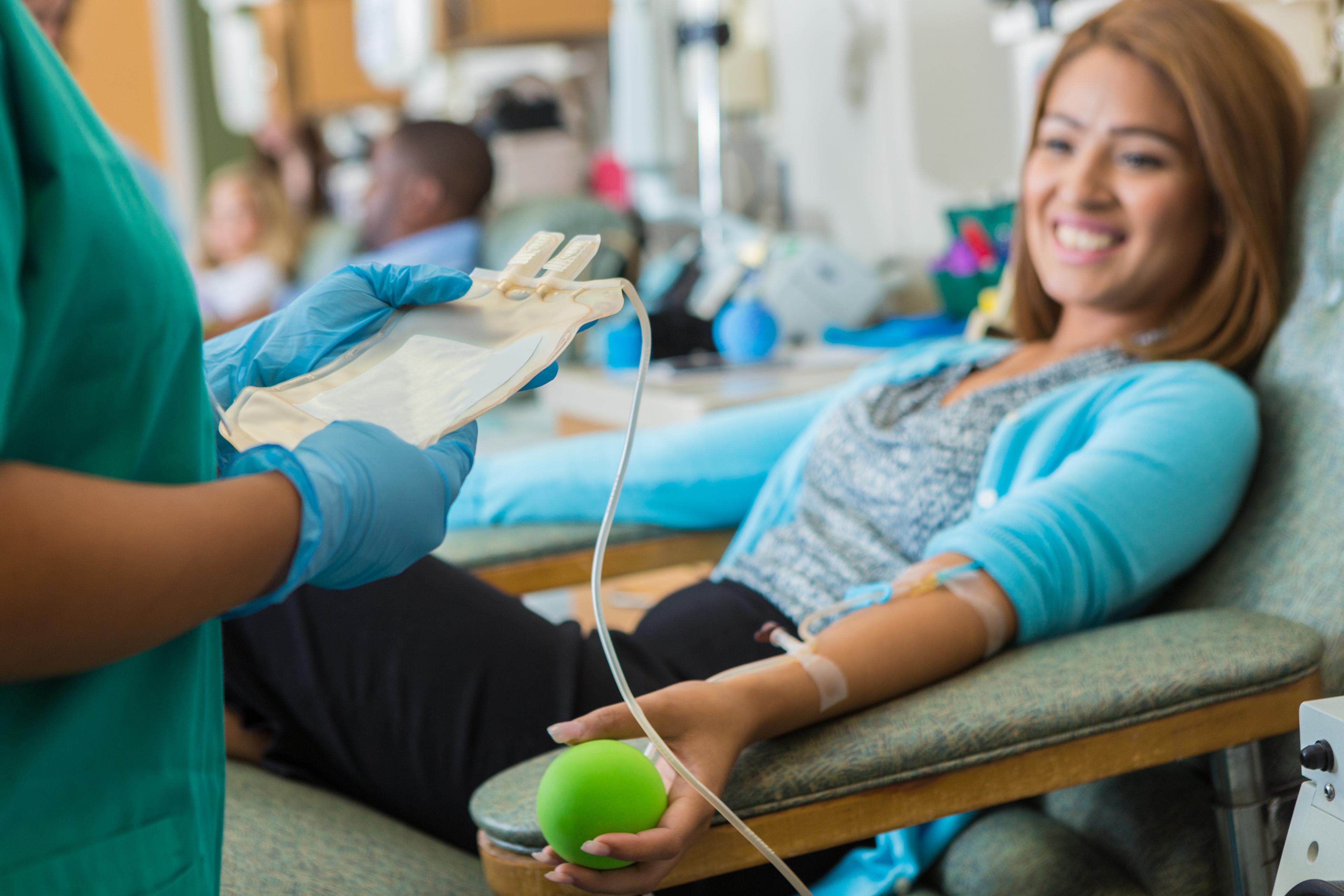Michigan Data Mapper Seeks to Make Health Information Accessible
Julie Bitely
| 3 min read

Providing easy-to-access health information to community groups frees them up to work on problems, rather than spending time and resources duplicating data gathering efforts. That’s the idea behind a new online data mapper being piloted in Kalamazoo and Calhoun counties. The work is being led by Amy Curtis, a professor in the Interdisciplinary Health Sciences PhD Program at Western Michigan University (WMU). Curtis worked for many years as an epidemiologist at the Centers for Disease Control and Prevention (CDC). Just as there are early adopters when it comes to the latest technology, Curtis noticed that at CDC certain states and cities were quick to jump on board to implement new programs. It made her wonder if the initiatives were really being implemented where they were most needed, or simply where the early adopters were located. Her hunch was that it was too often the latter. The Health Data Research, Analysis and Mapping Center, or HDReAM, allows users to share and analyze available data from a variety of sources that can better inform public health initiatives and interventions at the neighborhood level. By mapping things like education and economics, transportation, maternal and child health, infectious disease hotspots, housing, services, medical information, and population census data, community groups will be able to filter by geographic areas to see where needs aren’t being met. HDReAM is a collaboration between WMU, the Calhoun County Health Department and the Kalamazoo County Health and Community Services Department. Funding for the project is made possible by the Blue Cross Blue Shield of Michigan Foundation and the Battle Creek Community Foundation. Curtis said the partnership between public health departments, community organizations and a public university will decrease duplication of efforts and increase collaboration. Though this is the first program of its kind in Michigan, part of the project’s grant funding will allow Curtis and her team to create a manual to help other counties develop their own university collaborations. Many of the social service agencies or municipalities that want to secure funding for public health programs don’t have access to the appropriate data to demonstrate why they’re needed or the potential impact. A public database would provide those necessary resources for agencies that are without data analysis expertise. “These are organizations that want to spend time serving populations, not creating tables,” Curtis said. Students at WMU are participating in the project by lending their expertise, while securing valuable, real-world project experience. The website will also be helpful for local hospitals that are required to periodically report the community’s health needs. Curtis said since the pilot website went live in late 2014, it’s been exciting to see the response from community partners. She expects as the website grows and becomes an even more robust source of information, interest and use will continue to increase. The Blue Cross Blue Shield of Michigan Foundation supports research and programs to improve the health of Michigan residents. No grant money comes from the premium payments of Blue Cross Blue Shield of Michigan members. To learn more about BCBSM Foundation grant programs, visit bcbsm.com/foundation. Photo credit: WOCinTech Chat





